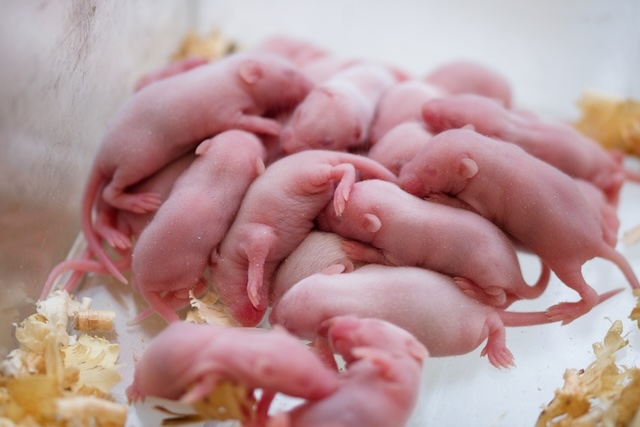In the darkest parts of our homes, house mice, the tiny characters in this story, are performing a dance of reproduction that goes on for hours on end. By learning about the complicated factors that affect house mouse reproduction rates, we can see how these small animals have a big impact on their numbers and how they interact with our homes.
1. The Many Benefits of Being a Parent:One might not realize how many babies house mice can have. But behind their small appearance is a powerful ability to have a lot of children. Does are the female name for house mice. They can start having babies as early as two months old. If nothing is done, this early start to reproduction means that the mouse population will grow very quickly.
2. Litters That Make A Lot of Waste:When you think about how big their litters are, the phrase “mouse babies” takes on a whole new meaning. A mouse litter can have anywhere from five to twelve pups, and in the best conditions, a female mouse can have up to ten litters a year. This amazing rate of reproduction is a big reason why house mice are so tough and stay in places where people live.
3. Ideas that mouse moms use to stay alive:Mouse moms have amazing maternal senses. A doe gives birth to a litter of hairless, blind, and weak pups after 19 to 21 days of pregnancy. Even though their babies are weak at first, mouse moms quickly become protective, building nests in hidden parts of homes to keep their babies safe from possible danger.
4. A quick way to become independent:Mice in the house grow up really quickly. It takes two weeks for the pups to open their eyes, and by the third week, they are nibbling on solid food. They can quickly become independent because their growth is going so fast. This helps keep mouse populations alive in our homes.
5. Problems that homeowners face:Knowing how fast house mice reproduce is very important for people who have problems with infestations. Mice are very good at reproducing, so a small group of them can quickly become a big problem. If you don’t take enough steps to get rid of pests, they may come back, so it’s important to deal with the problem completely.
6. Keeping mice from having babies:Effective pest control plans not only get rid of the mice that are already there, but also mess up their reproductive processes. Targeting entry spots, getting rid of possible nesting sites, and setting up humane traps are all important ways to stop mice from having babies and stop the population from growing.
7. The Cycle That Never Ends:The mouse mating cycle is a never-ending loop, with young mice quickly becoming parents themselves. This circular way that mice reproduce makes it even more important to take proactive steps to get rid of pests and break the chain of infestations.
In conclusion, mouse moms and their many babies show how resilient and adaptable animals can be in human environments. Understanding how mice reproduce is important for getting rid of pests like mice, even though their high birth rates can be a problem for homes. To keep things peaceful between people and these annoying house guests, it’s important to use broad tactics that target both current mice and possible new generations.
